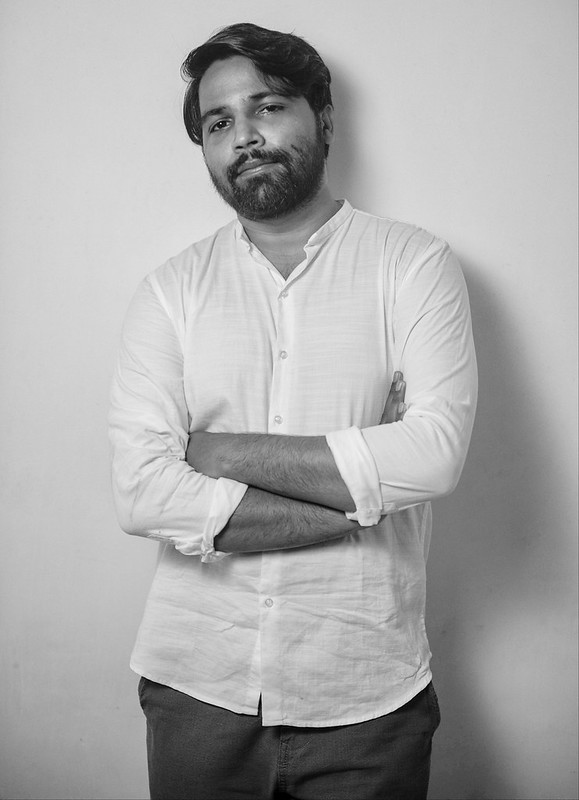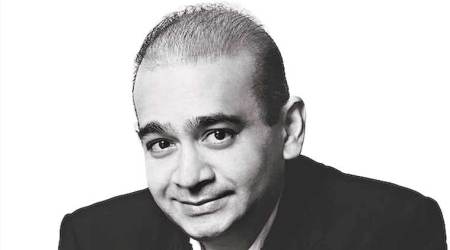Or why Dalits need to seize pop culture!
Anurag Minus Verma
 American cities are exploding. For long they have tried to subdue it, but now the frustration and anger has reached the tipping point, and is oozing out on the street. The death of a black man, George Floyd, last week in Minneapolis set off days of waves of historic protest and exposed the dirty reality of The American Dream to the whole world.
American cities are exploding. For long they have tried to subdue it, but now the frustration and anger has reached the tipping point, and is oozing out on the street. The death of a black man, George Floyd, last week in Minneapolis set off days of waves of historic protest and exposed the dirty reality of The American Dream to the whole world.
The ramifications were so huge that even our desi celebs had to halt their cooking and workout instagram videos for a while and make a post or two about this news. (Of course as advised by their PR agents).
In fact it was so huge that one of my classmates from Jaipur, whose hobby was to pass random casteist statements at lunch time, had posted on her facebook – “Justice needs to be served. Like right now! #BlackLivesMatter.”
This brings us to the question – why are your favorite celebs and upper caste friends posting about a henious murder that happened in a faraway land when they never post about similar crimes happening in their own country?
There are lakhs of George Floyds in India (read Dalits) who have died on account of the brutalities of our society. Why is it not ‘cool’ to speak out about Dalit lives and post #DalitLivesMatter?
This is not limited to celebs or your upper caste friends. This also includes savarna newsmakers and social media ‘influencers’ who rarely give much space to Dalit issues. In fact, the only time Dalits catch any attention of liberal savarnas is when there is an angle of Modi or BJP. Right winger savarnas would be interested in Dalit issues if there is some left/congress connection to it.
But anyone who studies caste knows very well that the problem of caste have much more toxic and deeper roots that transcend any present day government. Lack of reforms in upper castes and their lack of empathy for human dignity is one of the prime reasons for this disease.
Origins of #BlackLivesMatter
#BlackLivesMatter was started in 2013 by Alicia Garza, Patrisse Cullors and Opal Tometi to protest against the death of a 17-year-old African American high-school student in Sanford. The movement has now grown into a global network whose members “organise and build local power to intervene in violence inflicted on black communities by the state and vigilantes.”(1)
#BlackLivesMatter movement is one of the most powerful examples of how social media conversations can be pivotal in bringing about social change.
This hashtag was amplified by black celebs/opinion makers online and soon millions gave their support. This also includes prominent white celebrities.(2)
The wide influence of this hashtag also needs to be understood from the lens of cultural capital which blacks have built over the years and their role in shaping up popular culture.
There are many black celebrities who have great cultural influence and are a source of inspiration and emulation for many. Black celebrities are among the most well-known who have power to influence and set new trends among the masses. In music, Beyoncé is one of the top three trendsetting artists in the pop genre. Will Smith is a widely recognized actor working in Hollywood. Oprah Winfrey is one of the most influential television personalities. Michael Jordan, one of the most celebrated professional athletes of all time. The list is very long.(3)
Their presence in pop culture is the reason that in contemporary times whenever any atrocity is committed by the state they have the power to spread their message across the world. This is also the reason that even white celebs/influencers can’t afford to not speak up about atrocities against blacks. Finally, this is also the reason why your upper caste friends find it so important that they will proudly tweet: Holy shit! #BlackLivesMatter.
Cultural capital of Dalits
The situation in India is entirely different. So far, Dalits have not been able to tap into pop culture. There are very few in the opinion-making spaces and entertainment industry who can be powerful enough to shape the opinions of the majority. Even the privileged Dalits who are working in these spaces don’t have courage to come out and reveal their identity. Their fear is also understandable. This terror of revealing identity has its roots in the shame and humiliation which is assigned to it by the upper caste society. Many Dalits treat caste as some kind of sadness that they are born with and now we somehow have to endure it.
In Bollywood, apart from the filmmaker Neeraj Ghaywan, I have never seen any Dalit at the top position who came out to reveal his/her identity and paved the way for others to do the same.
The time has arrived to change the rules of the game. Social media has united Dalits and given them a platform to build strength. The time has arrived to shed this nonsensical shame of being Dalit and instead take pride in the very idea of being a Dalit.
Dalits have to tap into popular imagination. Through the use of cinema, songs, writings, art works and even internet memes.(4) Making any use of any popular mediums which help spread their message across and build their cultural capital. Dalits need to create their own celebrities and opinion-makers and not be at the mercy of savarna influencers to speak about their issues. This group identification is essential for generating the solidarity and commitment necessary for taking collective actions which leads to social changes.
Definitely not an easy task to break this structure but in the contemporary world it’s entirely possible.
Seize the pop culture, my fellow Dalits!
~
References
1. h ttps://blacklivesmatter.com/herstory/
2. h ttps://www.teenvogue.com/story/white-celebrities-speaking-out-black-lives-matt e r-fans
3. h ttps://www.nielsen.com/us/en/insights/article/2015/black-influence-goes-mainstr e am-in-the-us/
4. h ttps://www.livemint.com/Leisure/c7XqIj7NcWEhmcV3WdeauI/Towards-an-in t ernet-of-equals.html
~~~
Anurag Minus Verma is a writer and filmmaker based in Mumbai. He has written opinion pieces/articles for various publications. As someone from the Dalit community, I have a very keen interest in exploring the nuances and politics of caste.
After Masters in Arts and Aesthetics from Jawaharlal Nehru University (JNU, Delhi),he pursued a course in filmmaking from FTII, Pune. He has also authored the book: I love you but only on weekends.










